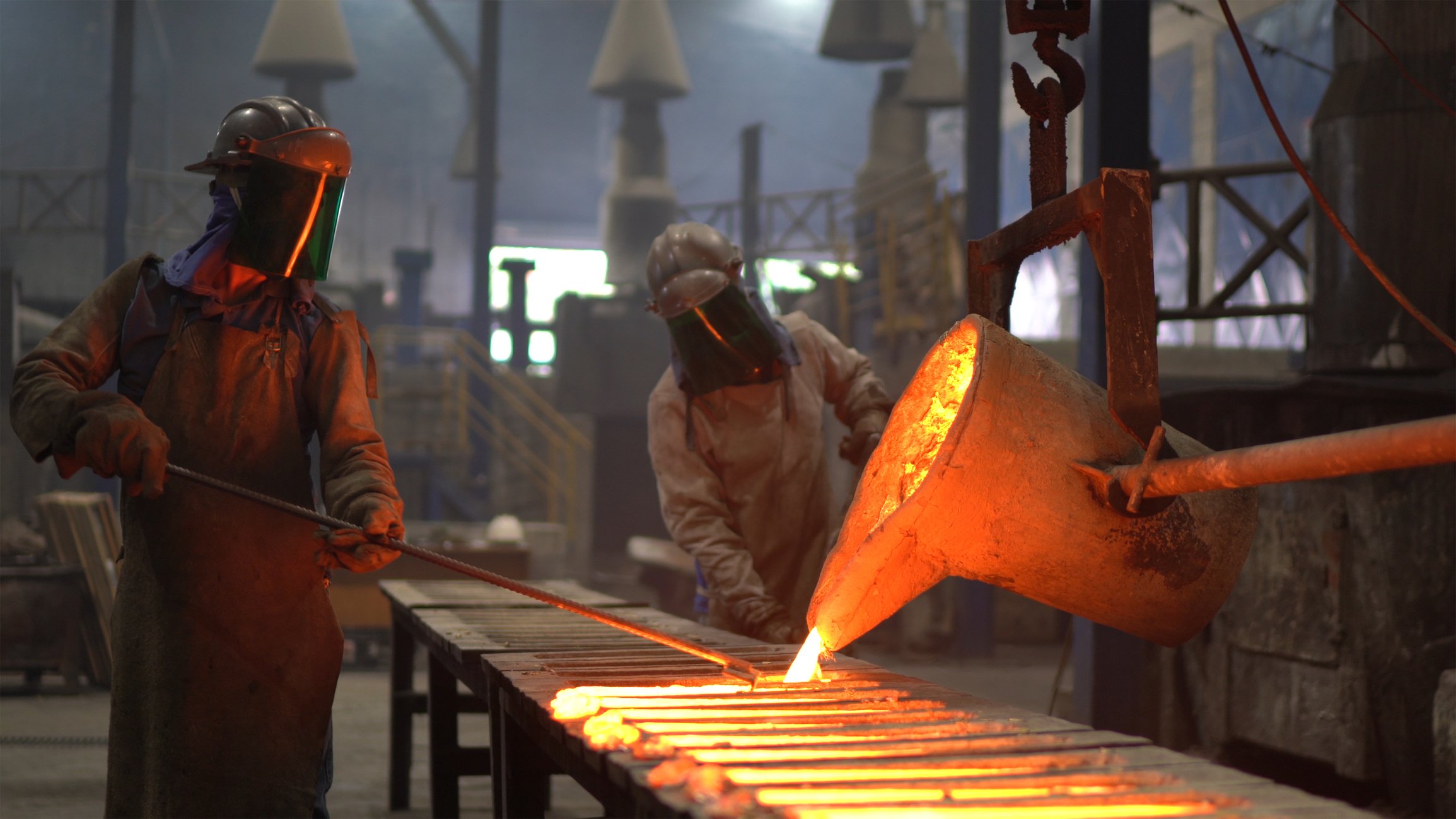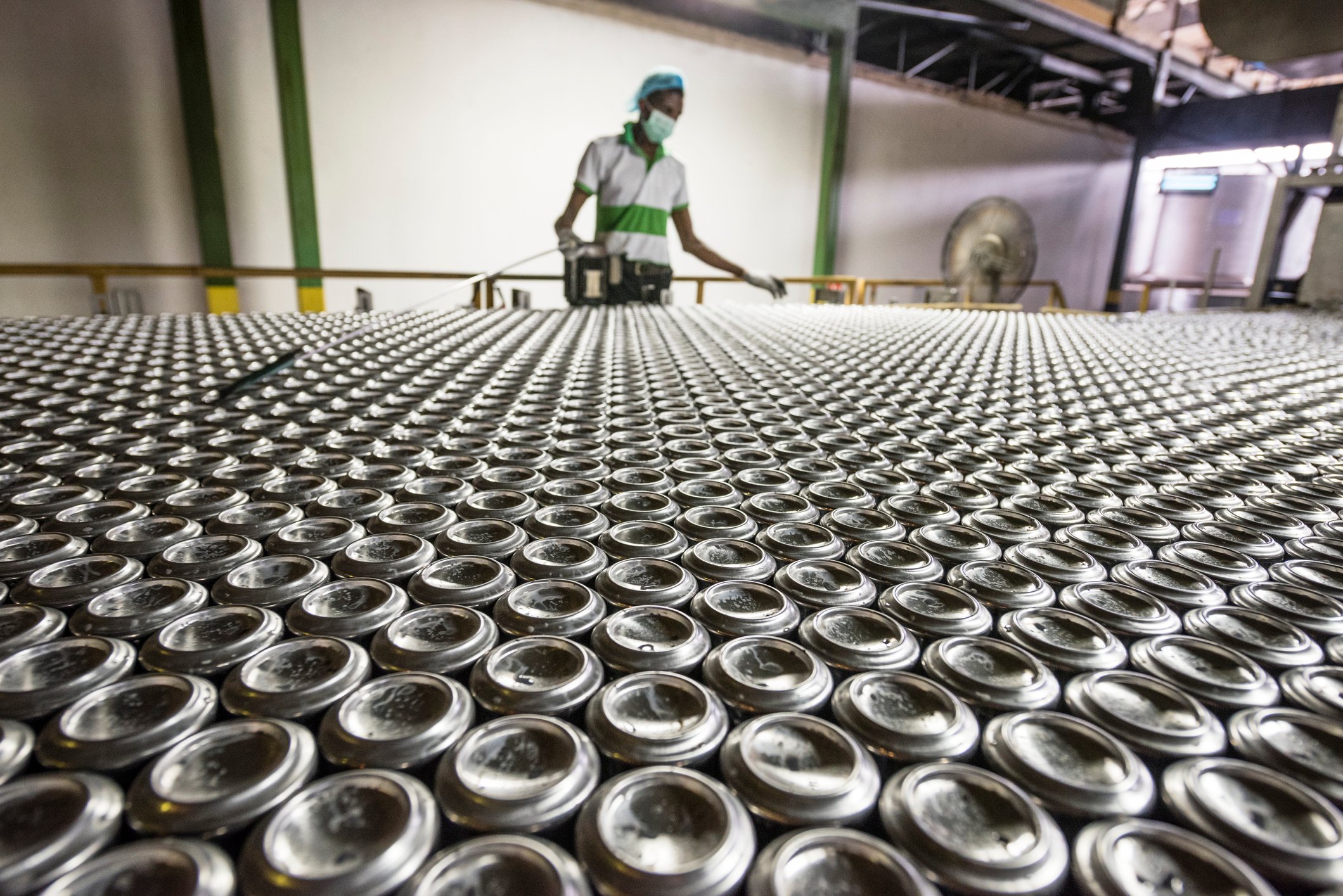Easy go, easy come.
A little over a year after President Trump agreed to lift tariffs on imported Canadian aluminum to clear the way to passage of the United States Mexico Canada Agreement (USMCA) -- the newest version of the North American Free Trade Agreement -- those tariffs are coming back again -- at least some of them.

Image source: Getty Images.
Complaining that Canadian aluminum exports have "increased substantially" since the USMCA went into effect last month, and arguing that "Canada was taking advantage of us" and that the American "aluminum business was being decimated by Canada" in consequence, the President says "it is necessary and appropriate to reimpose" 10% tariffs on Canadian non-alloyed unwrought aluminum, also known as raw aluminum.
Technically at least, the President's action has some basis. When tariffs were lifted last year, the Trump Administration warned that they might be reimposed in the event of "a meaningful surge" in Canadian aluminum exports. And some U.S. producers, publicly traded Century Aluminum (CENX +0.87%) for example, argue there has been such a surge.
The aluminum industry at large, however, as represented by industry organization the Aluminum Association, says that "facts are facts," and the facts are that "imports of primary aluminum from Canada today are consistent with long-term trends long predating the imposition of Section 232 tariffs" -- in other words, not a meaningful surge.
That's a curious argument to be making for an organization whose members, one would think, would benefit from competitors being hit with heavy tariffs, permitting them to raise their own prices without fear of being undercut on price. But as the Aluminum Association points out, pricier aluminum imposes a cost on aluminum consumers.
In the long run, the more expensive the metal becomes, the less attractive it will be to manufacturers, potentially hurting aluminum demand down the road.






